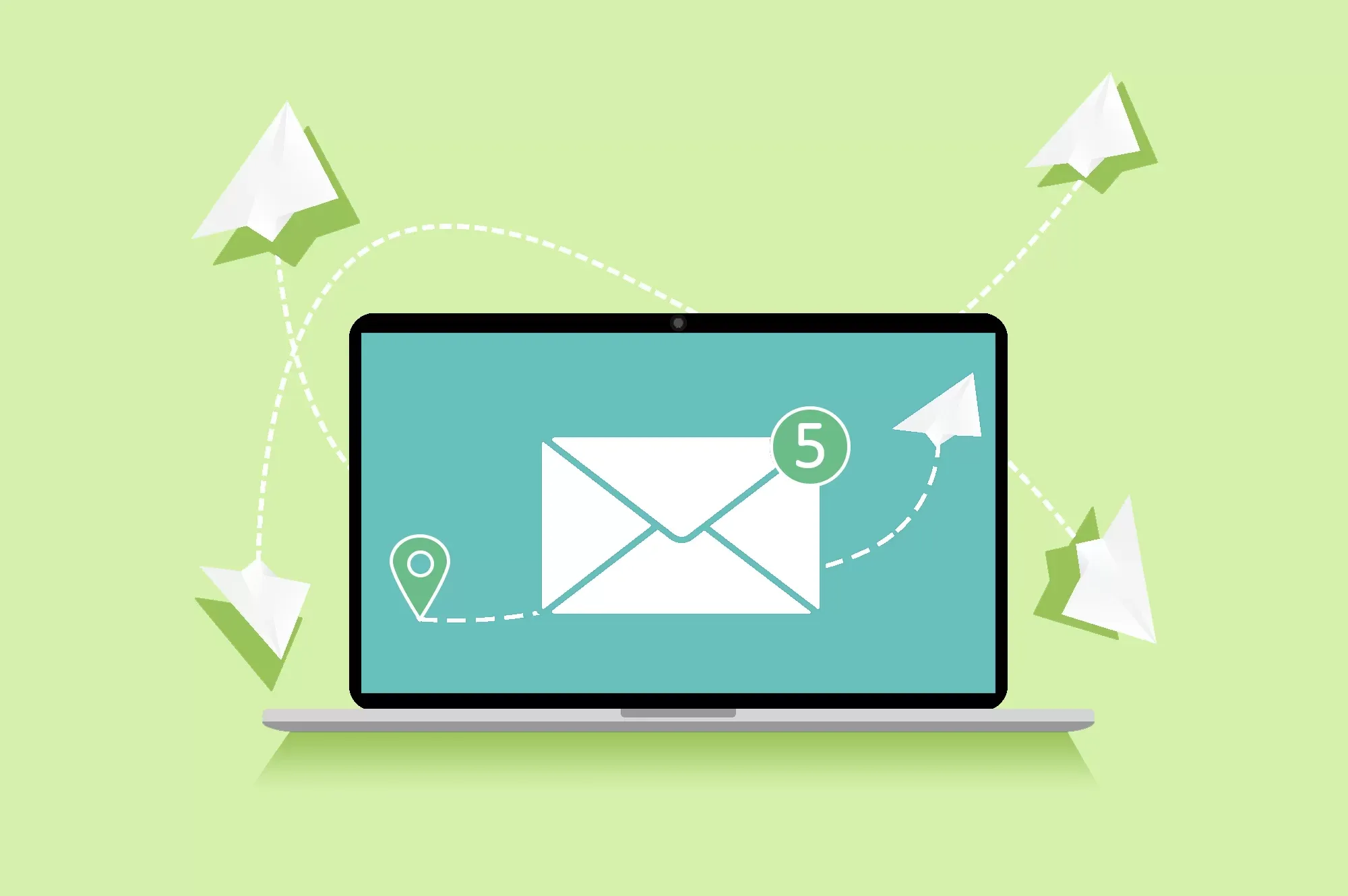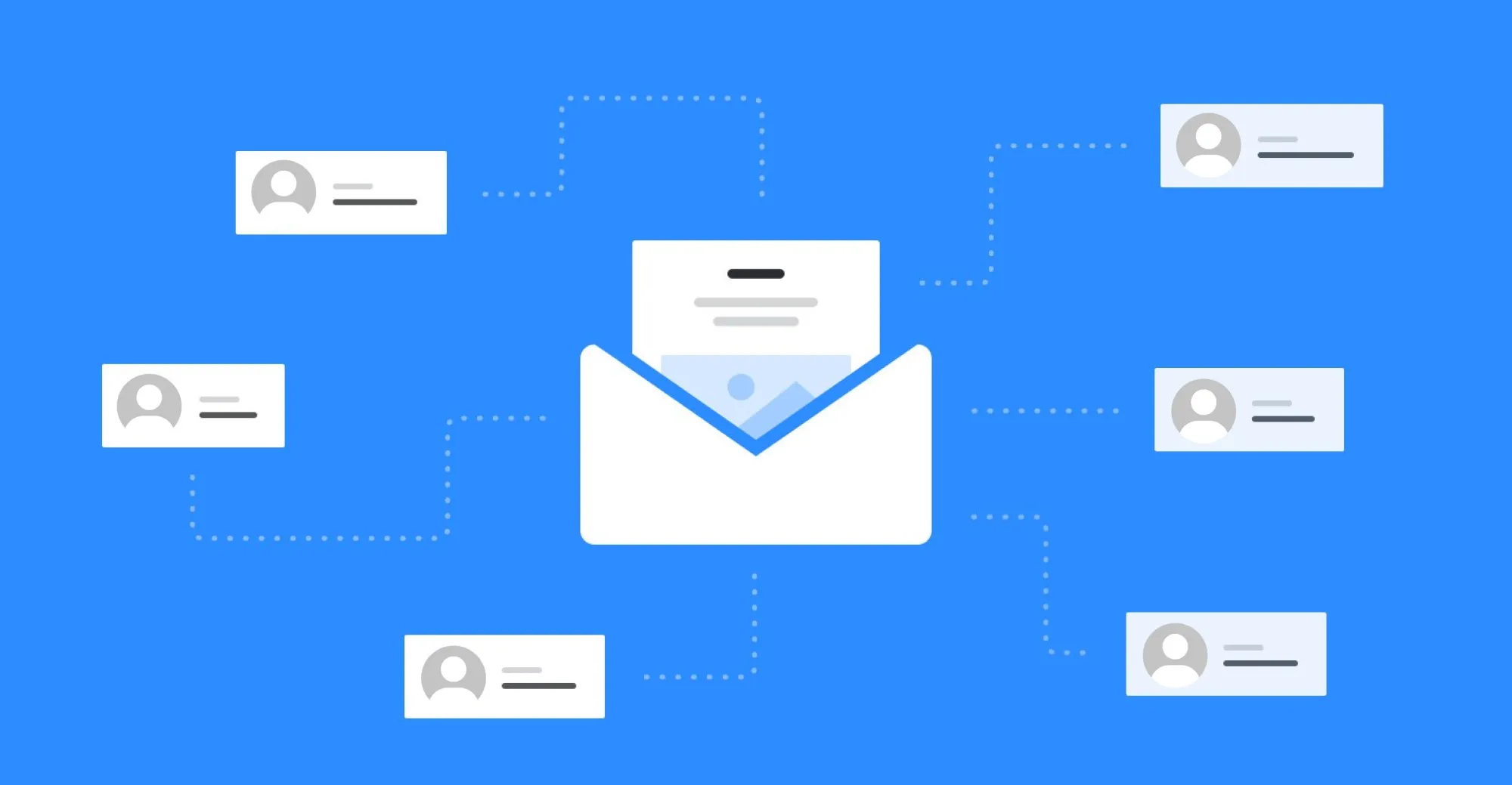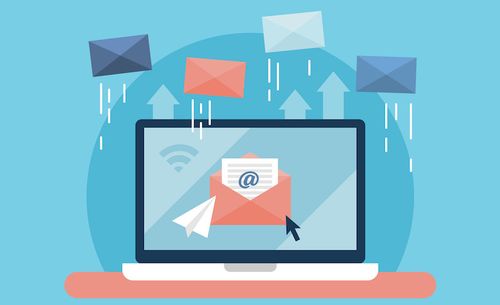In the world of email communication, encountering bounce back errors can be frustrating and confusing. When an email fails to reach its intended recipient and is returned with an error message, it's important to understand the underlying causes and how to resolve them. In this comprehensive guide, we will delve into the topic of email bounce back errors, providing you with expert insights, troubleshooting tips, and strategies to overcome common errors and improve your email deliverability.
What are Email Bounce Back Errors?

Email bounce back errors, also known as non-delivery reports (NDRs) or delivery status notifications (DSNs), occur when an email fails to reach its destination and is returned to the sender along with an error message. These error messages provide information about the reason for the delivery failure, helping the sender understand and resolve the issue.
Bounce back errors can be categorized into two main types:
- Soft Bounces: Soft bounces are temporary delivery failures that can occur due to reasons such as a full mailbox, temporary server issues, or content filtering. The email server will attempt to deliver the email again for a certain period before considering it a hard bounce.
- Hard Bounces: Hard bounces are permanent delivery failures caused by reasons like an invalid or non-existent email address, a blocked domain, or a rejected email server. Hard bounces indicate that the email will never be successfully delivered to the recipient.
Importance of Understanding Email Bounce Back Errors

Understanding and effectively resolving email bounce back errors is crucial for several reasons:
- Email Deliverability: High bounce rates can negatively impact your email deliverability. By identifying and addressing bounce back errors, you can improve your sender reputation, increase deliverability rates, and ensure that your messages reach the intended recipients.
- Data Accuracy: Bounce back errors provide valuable insights into the quality of your email list. By analyzing these errors, you can identify invalid or outdated email addresses, clean your list, and maintain accurate contact information.
- Customer Communication: Resolving bounce back errors promptly ensures effective communication with your customers and avoids any potential misunderstandings or missed opportunities.
Common Email Bounce Back Errors and Solutions

Now, let's explore some of the most common email bounce back errors and their solutions:
- 550 - Invalid Recipient: This error indicates that the recipient's email address is invalid or does not exist. Double-check the email address for typos or contact the recipient to verify their email address.
- 552 - Quota Exceeded: This error occurs when the recipient's mailbox is full and cannot accept new messages. Advise the recipient to free up space in their mailbox or consider sending the email at a later time.
- 554 - Message Blocked: This error suggests that the recipient's email server has blocked the message due to content filtering or other security measures. Review your email content for potential issues, such as spam triggers or attachments that may trigger filtering systems. Adjust the content and resend the email.
- 450 - Requested Mail Action Not Taken: This error typically occurs when the recipient's email server is temporarily unavailable. Retry sending the email after some time, as the server may become accessible again.
- 421 - Service Not Available: This error indicates a temporary issue with the recipient's email server. Wait for some time and attempt to resend the email.
- 501 - Invalid Address: This error signifies an improperly formatted email address. Check for any typos or formatting errors and correct them before resending the email.
- 550 - Requested Action Not Taken: This error can occur due to various reasons, such as a blocked domain or IP address. Contact the recipient's email administrator or support team to resolve the issue.
Troubleshooting Tips for Email Bounce Back Errors

To effectively troubleshoot and resolve email bounce back errors, consider the following tips:
- Verify Recipient Email Addresses: Ensure that the email addresses in your contact list are valid and up to date. Regularly clean your email list to remove invalid or non-existent addresses.
- Use Double Opt-In: Implement a double opt-in process for email subscriptions. This ensures that only valid and verified email addresses are added to your list, reducing the chances of bounce back errors.
- Monitor Bounce Rates: Keep a close eye on your email bounce rates. A sudden increase in bounce rates may indicate an issue with your email list or deliverability. Take appropriate actions to address the underlying problems.
- Check Email Content: Pay attention to the content of your emails. Avoid using spam-triggering words or phrases, excessive capitalization, or misleading subject lines. Ensure that your emails comply with email marketing best practices.
- Authenticate Your Emails: Implement email authentication protocols like SPF, DKIM, and DMARC to verify the authenticity of your emails and improve deliverability.
- Follow Best Practices: Stay updated with email marketing best practices and industry standards. Regularly educate yourself on the latest trends, technologies, and strategies to optimize your email deliverability.
Frequently Asked Questions
Q1: Why am I receiving bounce back errors for all my emails?
A1: If you're consistently experiencing bounce back errors for all your emails, it may indicate a configuration issue with your email server or settings. Contact your email service provider or IT department for assistance in resolving the issue.
Q2: How can I reduce my email bounce rates?
A2: To reduce bounce rates, focus on maintaining a clean and updated email list, using double opt-in, and following email deliverability best practices. Regularly monitor your bounce rates, analyze the reasons behind bounces, and take appropriate actions to resolve them.
Q3: Are soft bounces a cause for concern?
A3: While soft bounces are temporary and often resolve themselves, it's essential to monitor them. If you notice a high number of soft bounces for a specific email address or domain, it could indicate an ongoing issue that requires attention.
Q4: Should I remove hard bounces from my email list?
A4: Yes, it's crucial to remove hard bounces from your email list. Hard bounces indicate invalid or non-existent email addresses, and continuing to send emails to such addresses can harm your sender reputation and deliverability.
Q5: How can I proactively prevent bounce back errors?
A5: To proactively prevent bounce back errors, focus on building and maintaining a clean email list, following email authentication protocols, and adhering to best practices for email content and deliverability. Regularly monitor your email performance and make necessary adjustments to optimize deliverability.
Conclusion
In conclusion, understanding and effectively resolving email bounce back errors are key to maintaining a successful email communication strategy. By identifying the causes of bounce back errors and implementing the recommended solutions and troubleshooting tips, you can improve your email deliverability, maintain a clean and accurate email list, and ensure that your messages reach the intended recipients. Stay proactive, stay informed, and be attentive to the ever-evolving landscape of email deliverability to achieve optimal results in your email marketing endeavors.



